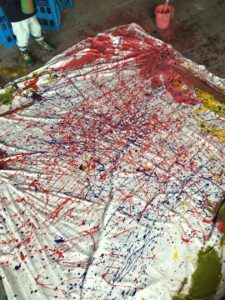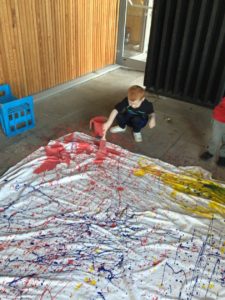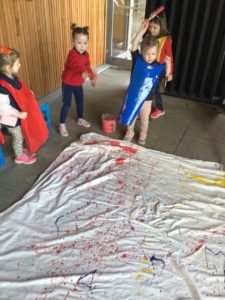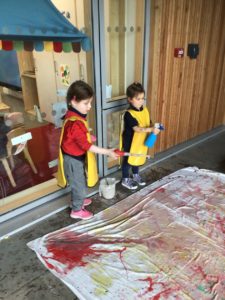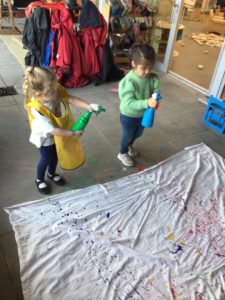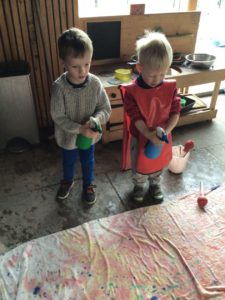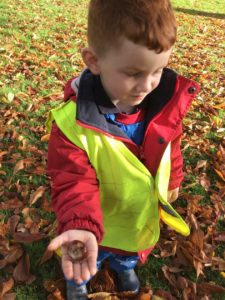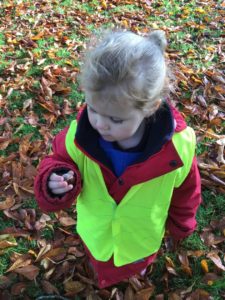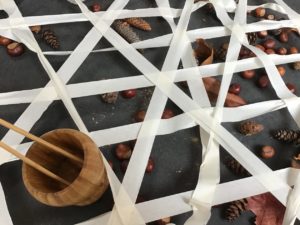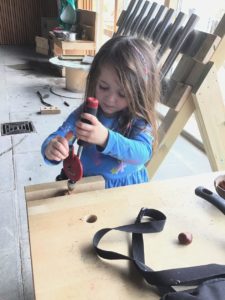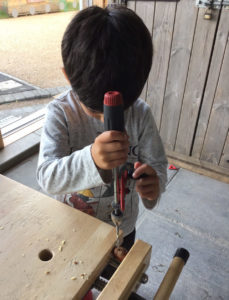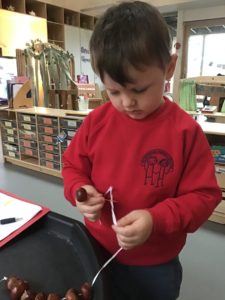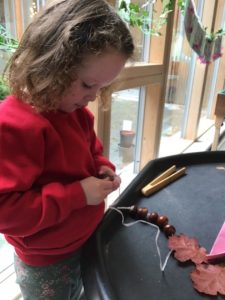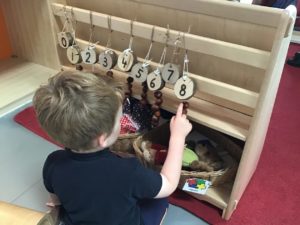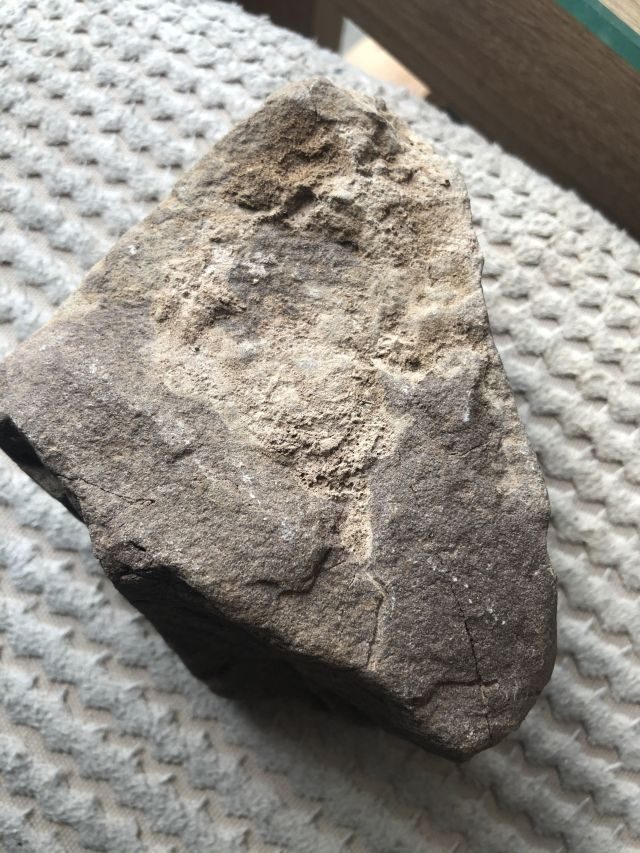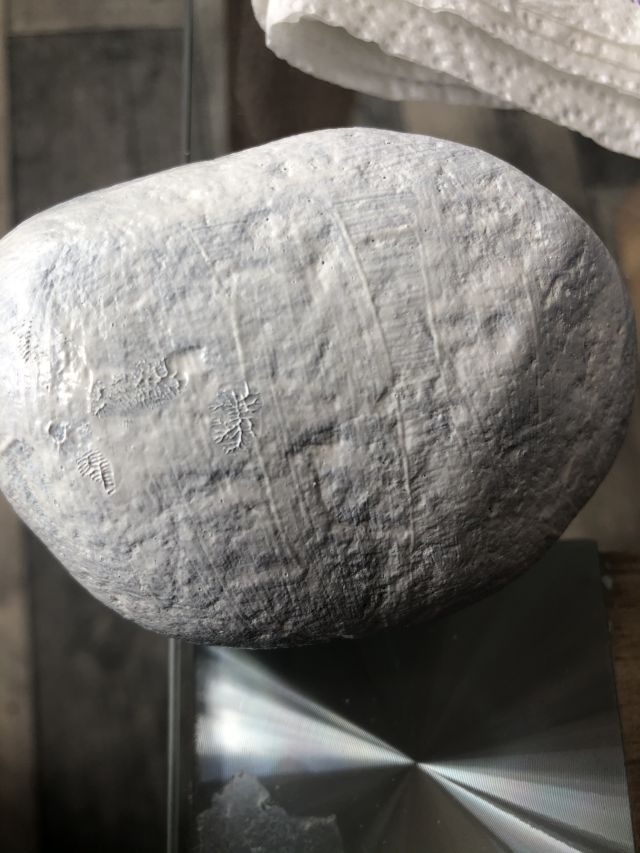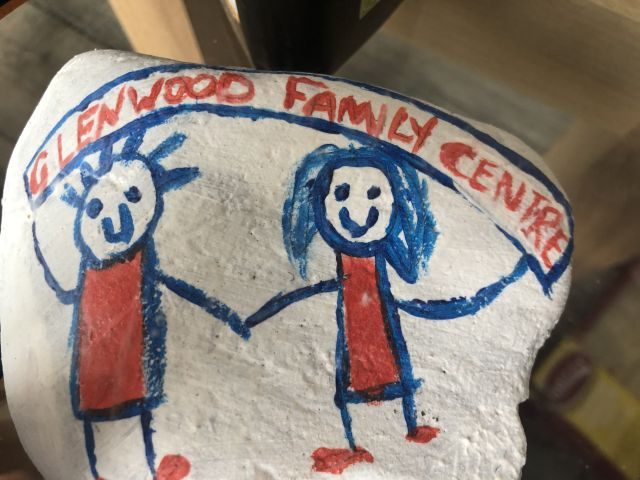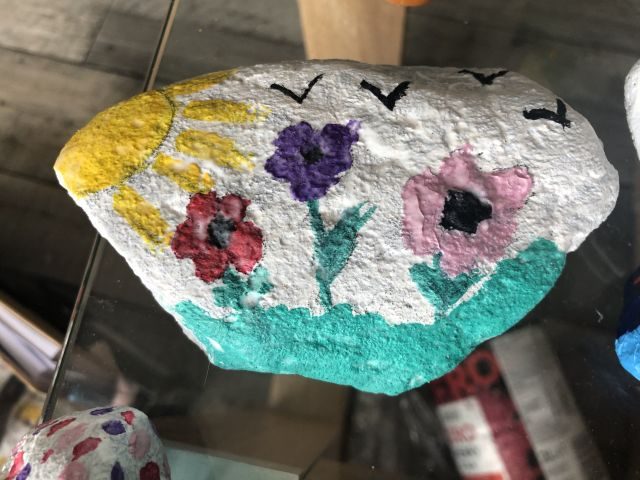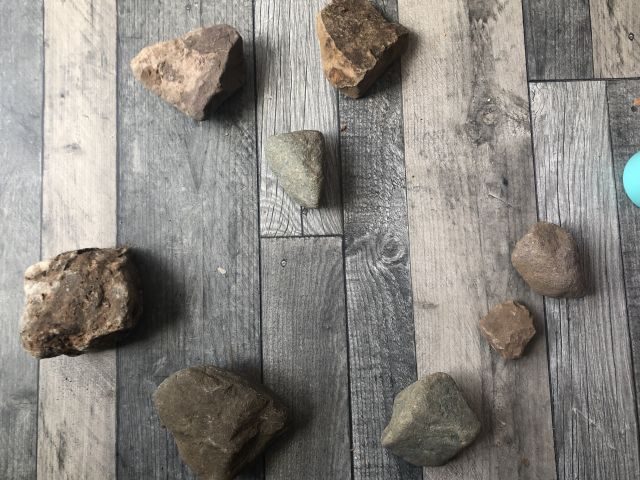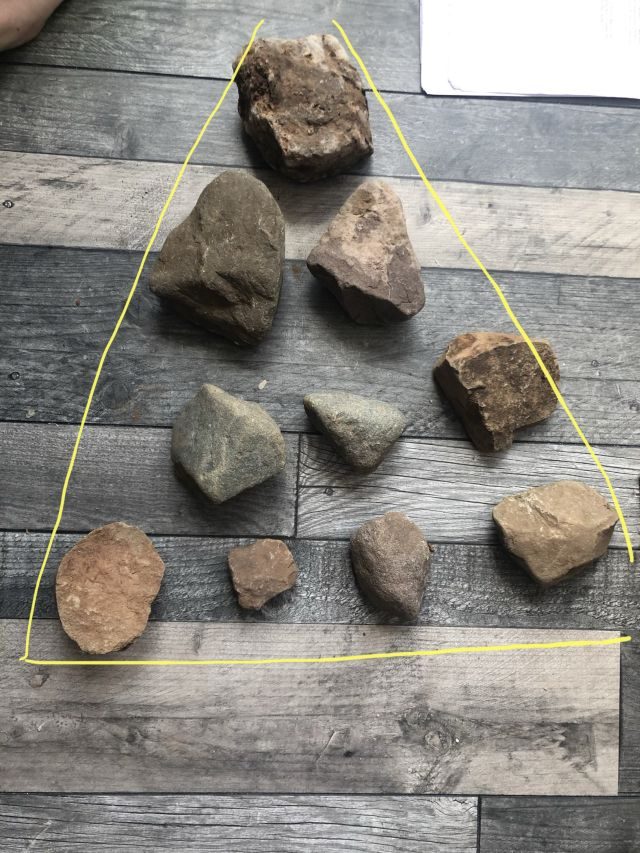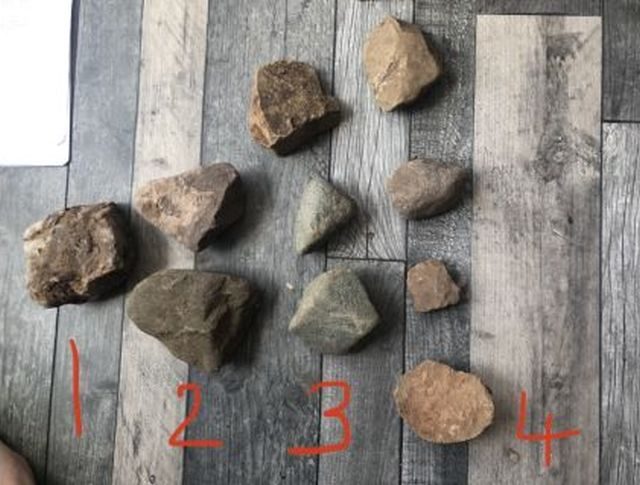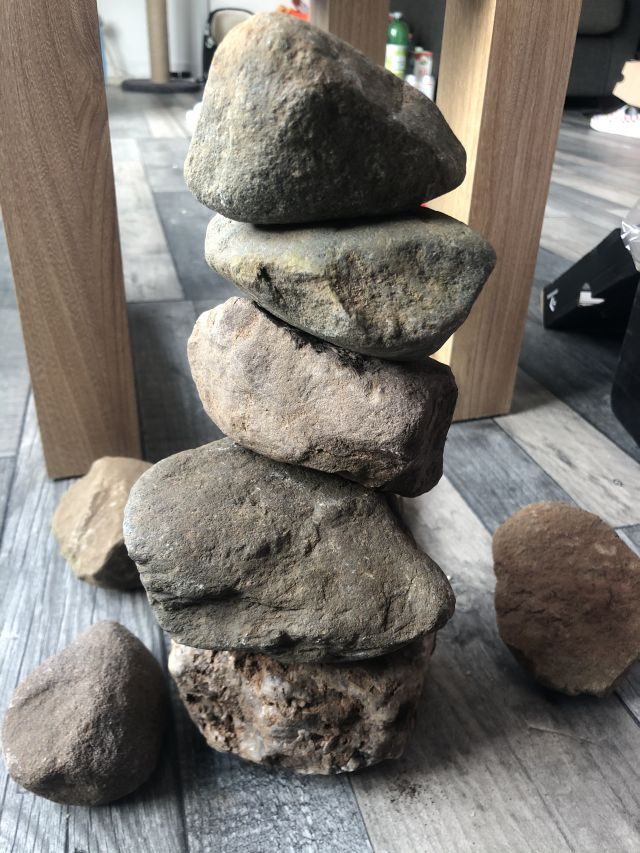Did you know that writing is not a fundamental skill our bodies are designed for?
So in order for us to support and enable children to become successful writers, we must first understand the physical and dexterity skills.
There are many different ways this can be done at home… and they don’t always involve a pencil and paper!
Upper body/ large motor skill activities
● Sweeping races; grab a large brush and some foam and head outside. Who will be the fastest?
● Wash outdoor walls with soapy bubbles… How high can you reach on the wall?
● Paint with a mop: can you mix the colours? What patterns can you make?
● Get green fingered; dig in the soil, plant seeds and flowers, dig up the weeds.
All of these activities will help develop your child’s shoulder pivot- the full range of motion using their whole arm, and their elbow pivot- where they can be seen ‘sawing’ back and forth as they draw and write.
Smaller/ fine motor skill activities
Let’s Get Foamy!
 Use shaving foam to make scribbles, pictures, letters and more. Why not try using different utensils like spoons, forks, sticks, straws or paint brushes.
Use shaving foam to make scribbles, pictures, letters and more. Why not try using different utensils like spoons, forks, sticks, straws or paint brushes.
By using fingers and different utensils, the small muscles in the wrist and hands are strengthening.
Playdough Party
You will need: dough (2 cups flour, 1 cup water, 1/4 cup oil, colour/scent), space to move around and music!
 Moves can include: make a ball, pass and press (move the dough from hand to hand, pressing it flat) and funky fingers (use each individual finger to create a dotty pattern)
Moves can include: make a ball, pass and press (move the dough from hand to hand, pressing it flat) and funky fingers (use each individual finger to create a dotty pattern)
Why not challenge yourself and see how many shapes you can make before the music stops?
For more Dough Disco ideas visit YouTube here.
Other fun activities to try
- Mark making in gloop, rice or paint – time yourself to see what you can create in 1 minute.

- Create threading skewers with spaghetti and penne pasta
- Make some chalk paint and decorate the patio/driveway/garden walls – here’s a recipe to try.
- Create a cutting station
- Make painted toast! – Mix a few drops of food colouring with milk and then paint some patterns onto white bread. Toast as normal!

Let us see what you can do – Tweet us @GlenwoodFC #Glenwoodlearningathome






